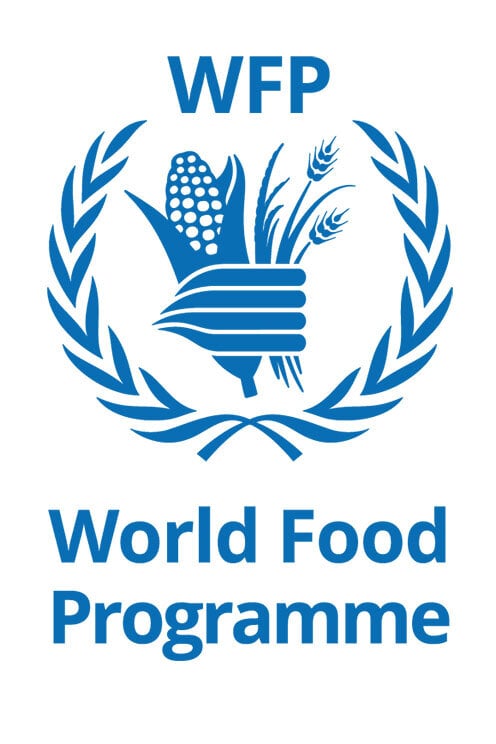Over the past decade, global hunger was steadily declining. But, in recent years, world hunger has been rising. From 2019 to 2022 the number of undernourished people grew by as many as 150 million, a crisis mainly driven by conflict, climate change, and the COVID-19 pandemic. Affecting nearly 10% of the world, global hunger is a severe problem that needs to be addressed.
Despite advances in technology and economic growth, millions of people still struggle to access basic necessities, like food, to sustain their lives. The increase in global hunger is a complex and multifaceted problem that requires a comprehensive approach to address. Hunger and malnutrition affect people of all ages and can lead to long-term consequences, including poor health and reduced productivity. According to the World Food Programme (WFP), over 690 million people were estimated to be hungry in 2019. This represents an increase of 60 million people compared to the previous year. The COVID-19 pandemic has exacerbated the problem, with the WFP predicting that an additional 130 million people could be pushed to the brink of hunger in 2021.
The causes of the increase in global hunger are numerous and include economic factors, political instability, conflict, and natural disasters. In some cases, governments lack the resources or the political will to address the issue. In others, the impact of globalization has led to the decline of small-scale agriculture and rural communities, which have traditionally been the backbone of food production and security. Climate change is also having a significant impact on global food systems, with rising temperatures and more frequent extreme weather events causing widespread crop failure and food shortages.
 To tackle the increase in global hunger, it will take a multi-pronged approach that addresses the root causes of the problem. Governments, international organizations, and civil society must work together to promote sustainable agriculture and rural development, support food systems that are resilient to climate change, and provide access to nutritious food to those who need it most.
To tackle the increase in global hunger, it will take a multi-pronged approach that addresses the root causes of the problem. Governments, international organizations, and civil society must work together to promote sustainable agriculture and rural development, support food systems that are resilient to climate change, and provide access to nutritious food to those who need it most.
The World Food Programme is at the forefront of efforts to combat global hunger, providing food assistance and support to communities in need. The organization works with governments and partners to address the root causes of hunger, such as poverty and helps to build resilience in communities affected by conflict and natural disasters. In 2020, the WFP provided assistance to 97 million people in 88 countries.
The increase in global hunger is a complex and pressing problem that requires a coordinated and comprehensive approach to address. Governments, international organizations, and civil society must work together to promote sustainable agriculture, improve food systems, and provide access to nutritious food for everyone.
Hi Abhimanyu! My name is Lianna and I’m in the 10AM section of ENG 138T. You did a great job in this post of summarizing the impacts of world hunger and some of its potential dangers. I challenge you to consider how those dangers might be addressed in the future. How have other countries made progress on the issue? What should our own country be doing better? How do we balance a growing population with shrinking resources and space? These are all things to consider in the realm of this topic. Overall, I appreciated what you had to say about the matter! Good luck with the rest of your semester!